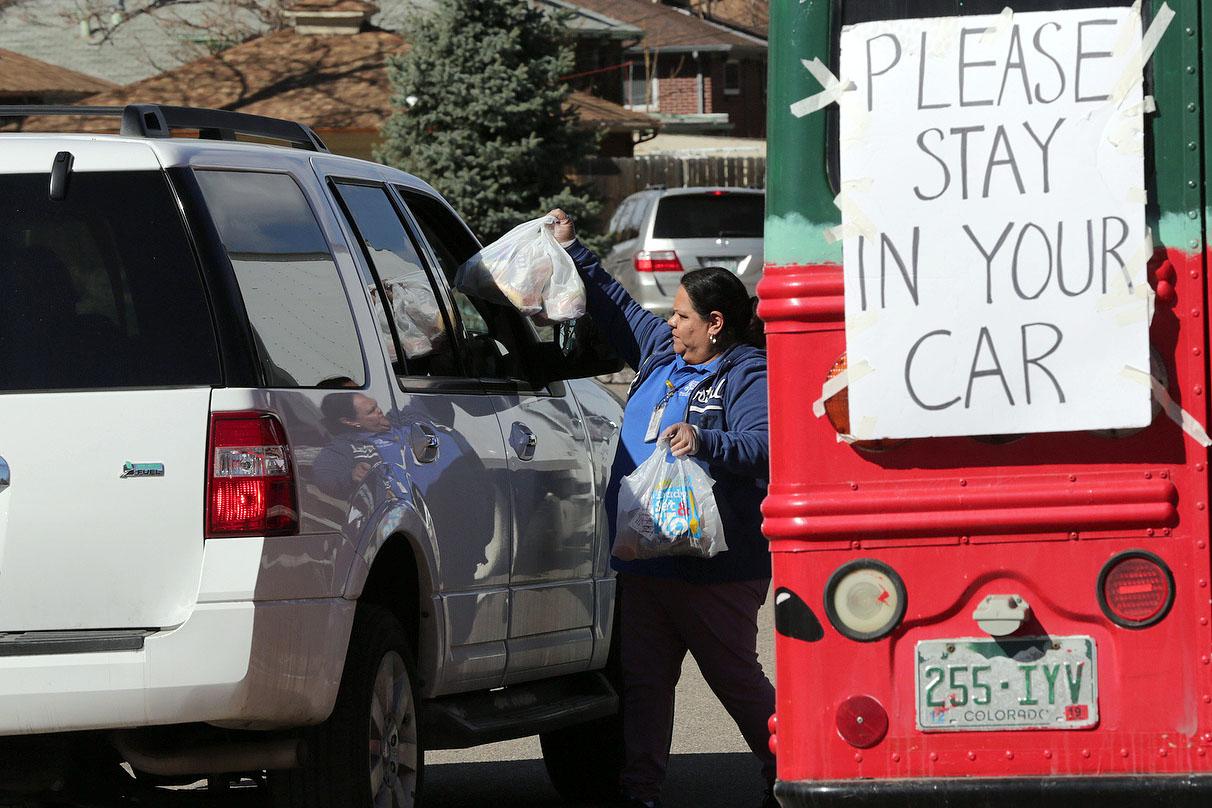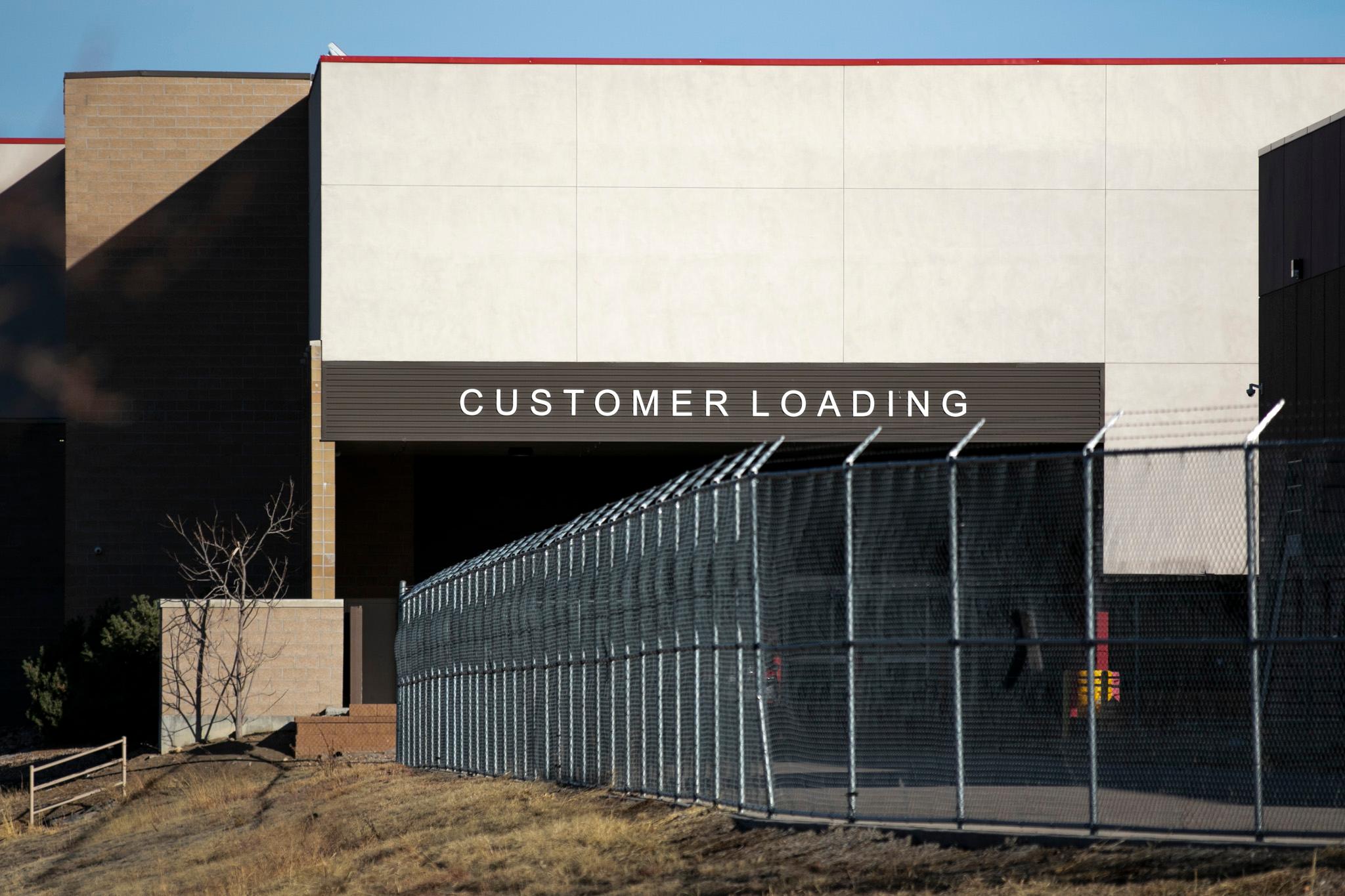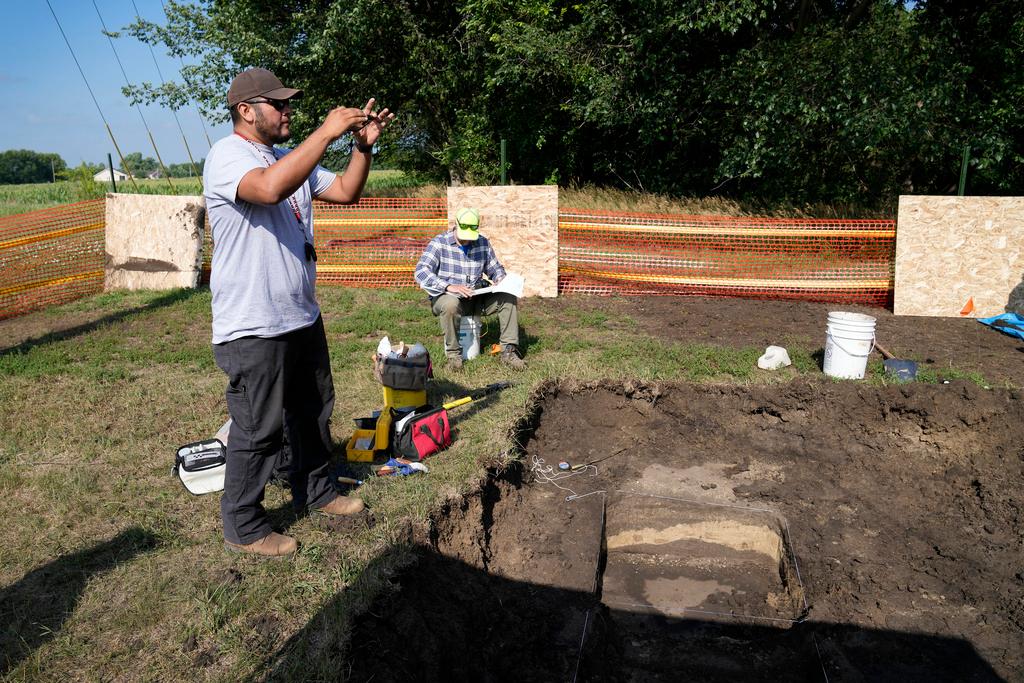
Almost a million public and private school children in Colorado will not be returning to their school buildings until at least April 30, as the state battles to contain the new coronavirus.
Polis praised districts in the state for rapidly moving to remote learning and efforts underway to support communities to do so.
"Colorado children will not fall behind academically," just because they aren't receiving in-person instruction, he said at a press conference Wednesday. He said he did recognize some districts were on a learning curve with getting up to speed.
Seven states have shuttered schools until the end of the academic year, according to Education Week: Arizona, New Mexico, Kansas, Oklahoma, Vermont, Virginia, and Alabama. Across the country at least 124,000 public and private schools are closed, which affects at least 55.1 million children.
On March 18, Polis ordered all Colorado schools public and private close through April 17. At the time, he said it was increasingly unlikely that school children would return at all. The vast majority of schools had already announced closures prior to his order, with the intent of returning to school before the end of March, calling them “extended spring breaks.”
He said he was holding off on closing schools through the end of the year. However, he said he was confident the some schools would likely remain closed past April 30th.
In announcing the original executive order, Polis said, “The science and data tell us this will get worse before it gets better” and that school closures were necessary to slow the spread of this disease.
Typically, Colorado has a minimum requirement of 160 days of instruction per year.
But this year, schools won’t have to meet minimum days or hours of instruction in guidance released last week by Colorado’s Education Commissioner Katy Anthes. That means schools won’t have to make up lost days due to the coronavirus over the summer or some other time.
Districts are free to determine what goes into their distance learning plans, whether they be remote or take-home paper packets. Districts have flexibility to determine graduation requirements for this year’s seniors, grades and decisions on whether students should advance to the next grade.
Districts and state officials are currently seeking more guidance from the federal government on the challenges of remote learning for students with disabilities.
In the original executive order, school districts were charged with providing students with subsidized lunch and breakfast and providing students with access to alternative learning “while taking into account the needs of local communities.” Most districts transitioned to a grab-and-go meal distribution fairly smoothly. Districts will continue feeding students through the end of the school year, at which time many transition into summer meal programs.
After the new coronavirus forced campus closures, some districts like Jefferson County Schools, the second-largest district, began offering remote learning almost immediately. Denver Public Schools starts remote learning in earnest on Monday. The state’s largest district has purchased thousands of Chromebooks for students without technology at home, instructed teachers to develop lesson plans, and made sure students have internet connectivity at home.
The state education department isn’t requiring districts to track attendance during remote learning, though it said doing so could help districts identify needs at home. Some large districts nationwide are struggling with remote “attendance.” The Los Angeles Times reported that 15,000 students in that district are absent online and have failed to do any homework while 40,000 have not been in contact with their teachers since schools closed.
In Colorado, state testing for this year has already been scrapped and various accountability measures for struggling schools and districts have been put on hold. The scheduled April 14 state SAT testing day at high schools is cancelled, as well as PSAT tests for 9th and 10th grades. The Colorado Department of Education and the SAT vendor the College Board will make a decision soon on testing options for current 11th graders.
Meanwhile for young children, the state has set up an emergency child care system for frontline workers and those employed in essential businesses. Public health and human services departments have asked that child care centers remain open.









